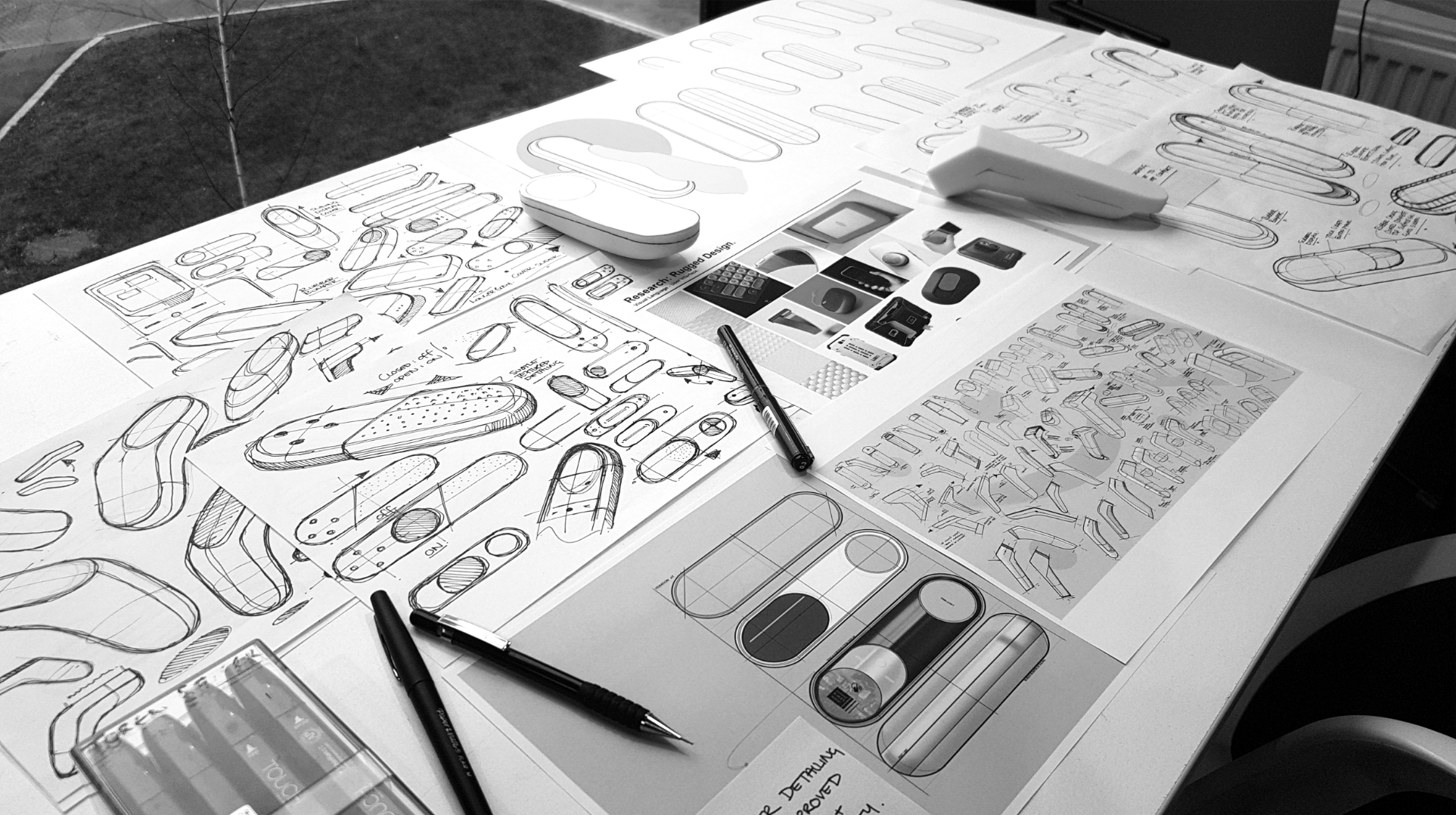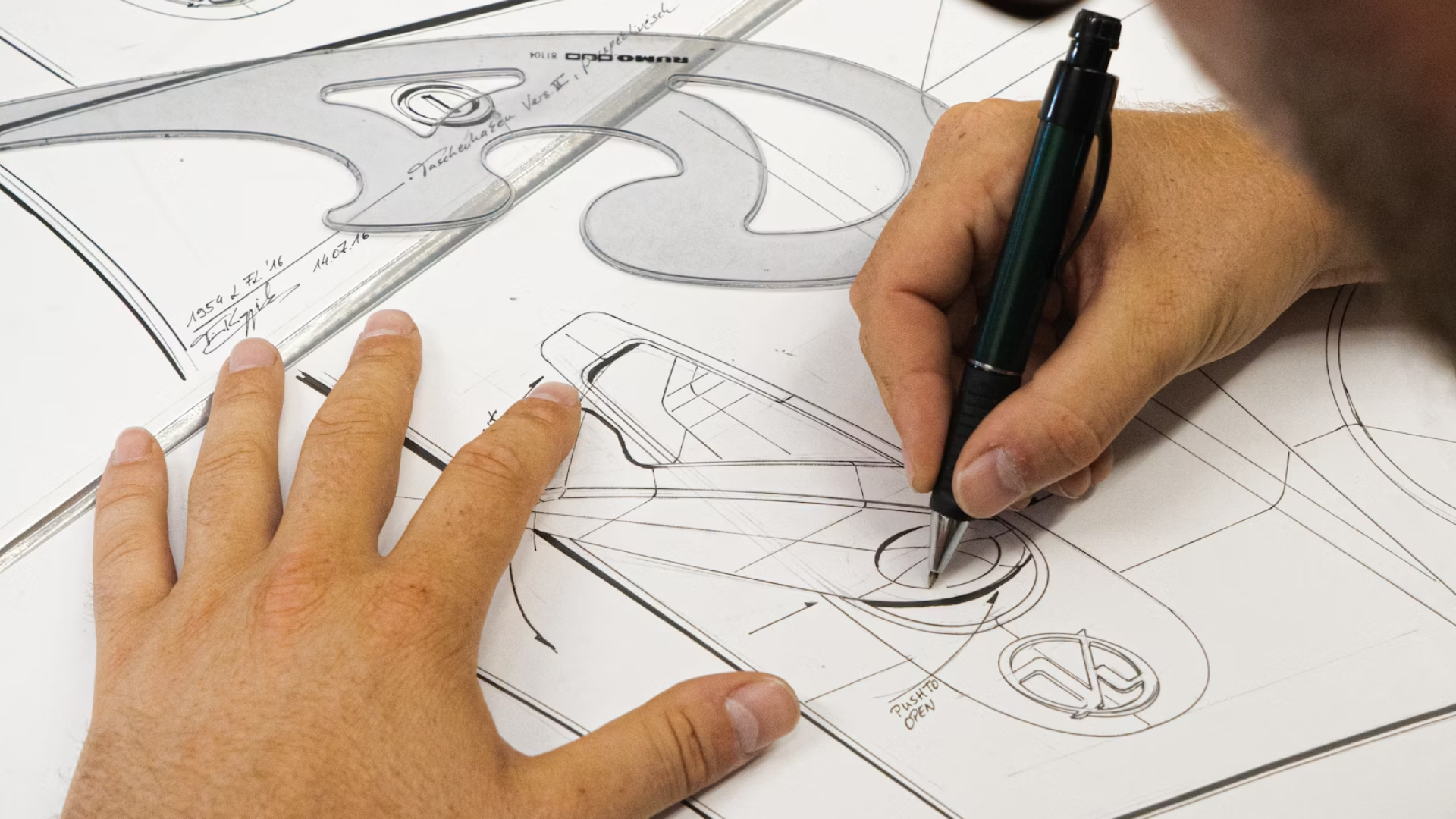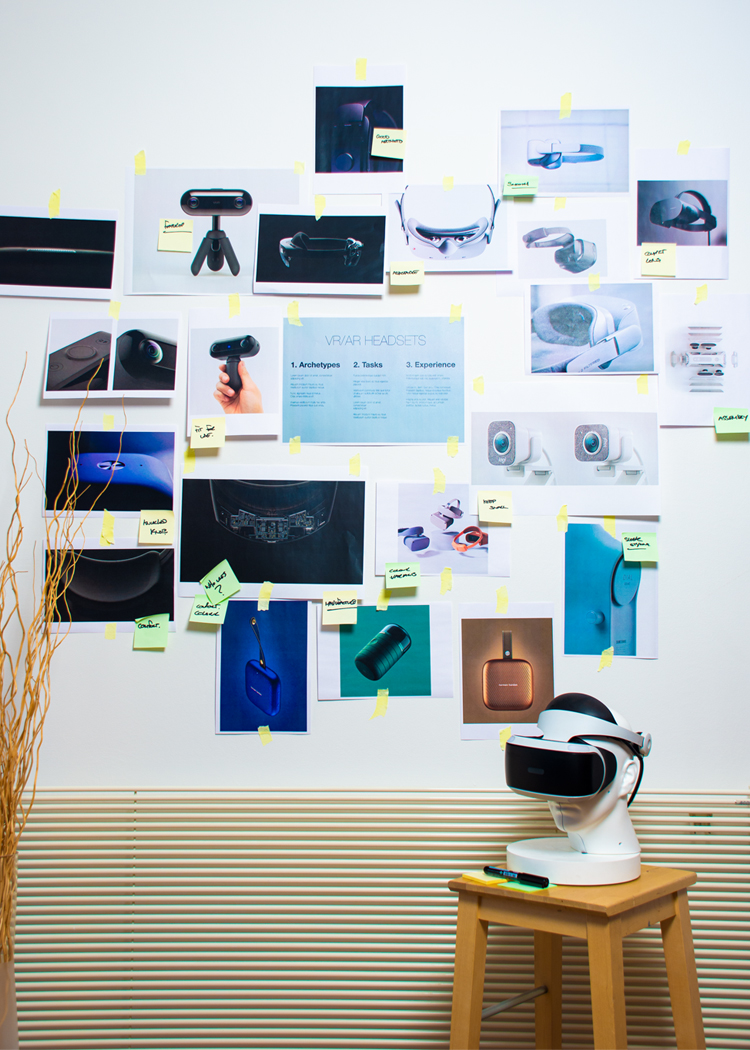Understanding Concept Design Services: A Practical Guide

Explaining the Design Process
When it comes to developing products, services or solutions, concept design plays a vital role. It involves following an approach that assists designers and teams in navigating the complexities of transforming an idea into reality. Let’s break down this process into steps and provide insights on how to achieve concept designs that deliver value.
Table of Contents
Research and Analysis
The initial stage of concept design revolves around gathering all information. This entails examining the target market, understanding user needs, analysing competitors and staying up to date with the latest industry trends. The purpose here is to collect insights that will help shape the design development journey.
Defining the Challenge
After conducting research the subsequent step involves articulating the problem or opportunity that your design aims to address. This level of clarity is crucial as it ensures that your design efforts are focused and targeted, ultimately increasing the likelihood of project success.
Generating Ideas through Brainstorming
Once you have precisely defined the challenge at hand it’s time to unleash your creativity and generate ideas. This phase is about exploring solutions through techniques such as brainstorming, mind mapping and thumbnail sketching. These approaches serve as catalysts for thinking while enabling you to consider a range of options.
Development of Ideas
Once you have gathered ideas during the brainstorming phase it’s time to focus on selected ideas and develop them further. This involves refining your thoughts, considering design principles and creating visuals. The objective is to give shape to your ideas while considering aspects, like aesthetics, functionality and user requirements.
Creating Prototypes and Conducting Tests
The next step is to build prototypes of your concepts in order to assess their feasibility. Prototyping allows for hands-on evaluation of your designs, identification of any issues that may arise and making adjustments. It aims at validating your ideas and enhancing them based on user experiences.
Finalising the Conceptual Design
After refining your concepts through prototyping and gathering feedback it’s time to select the one for progress. This final phase involves adding sketches or models that capture every aspect of your chosen idea; the concept should cover form, functionality and materials.
Presentation and Documentation
The last stage is presenting your concept design. Here you will explain the problem you have addressed, describe the process you followed during development and provide insights into why specific design choices were made. Creating documentation ensures a transition into subsequent stages of product development.

Qualities of a Strong Concept Design
An executed concept design begins with an exploration of various ideas. The objective is to explore possibilities rather than perfecting a single idea. Sharing these ideas and collaborating on them can reveal opportunities and result in more innovative solutions.
The Significance of Iteration
Designs often emerge from revisiting and refining ideas. If something doesn’t seem right it’s worth examining it from different perspectives. This iterative process is crucial, for honing your concepts and getting closer to a solution.
Collaboration for Optimal Results
Sketches serve not as a means to capture ideas but as a vital tool for communication. In environments that promote collaboration, such as using whiteboards during team discussions ideas can evolve effectively. This collective brainstorming and refining process aids in making design choices that lead to designed products.
Wrapping Up
Concept design services aim to simplify the process of transforming ideas into designs. By following an approach—from research to final presentation—you can develop innovative designs centred around the needs of users. Remember, the successful concept designs stem from exploring a range of ideas iterating on them and working collaboratively. This practical and professional approach to concept design can result in market products that are poised for success.
If you would like to see more on our services
If you would like to hear more on how we can improve the quality of your products or help with your product development, please contact Bluefrog Design at mail@bluefrogdesign.co.uk
FAQ’s on Concept Design Services
What exactly are concept design services?
Concept design services involve the process of generating, developing and refining ideas into designs, for new products, services or solutions. These services encompass activities, starting from research and brainstorming to creating prototypes and finalising detailed designs. The objective is to come up with feasible concepts that fulfil user requirements and meet market demands. Concept design services follow an approach that encourages collaboration, utilises technology and incorporates feedback to ensure that the concepts developed are not only imaginative but also practical and aligned with the project’s goals.
What does concept design include?
Concept design comprises elements; conducting initial research to understand market needs and trends; engaging in brainstorming sessions to generate diverse ideas; refining selected ideas into more concrete proposals during the concept development phase; creating preliminary models (prototypes) to explore the feasibility and functionality of concepts; evaluating prototypes through testing to gather feedback and identify areas for improvement. This phase focuses on exploring a range of possibilities while promoting creativity and innovation, within practicality boundaries and user needs. The ultimate aim is to create a defined solution that addresses the identified problem or opportunity within given constraints.
Can you provide an example of concept design?
One example of a concept design involves creating a medical device for a smartwatch that combines health monitoring, mobile connectivity and flexible screen technology. The process starts by understanding the needs of consumers who are looking for technology that not only tells time but also tracks health related aspects such as heart rate and sleep patterns. It is important to ensure that the smartwatch seamlessly connects to smartphones. The concept includes sketches of a user design with a flexible display that wraps around the wrist while being durable. To ensure usability, comfort and functionality prototypes are. Tested based on feedback from users before finalising the design, for production.
Ready to get started on a project?
Socials





One Comment